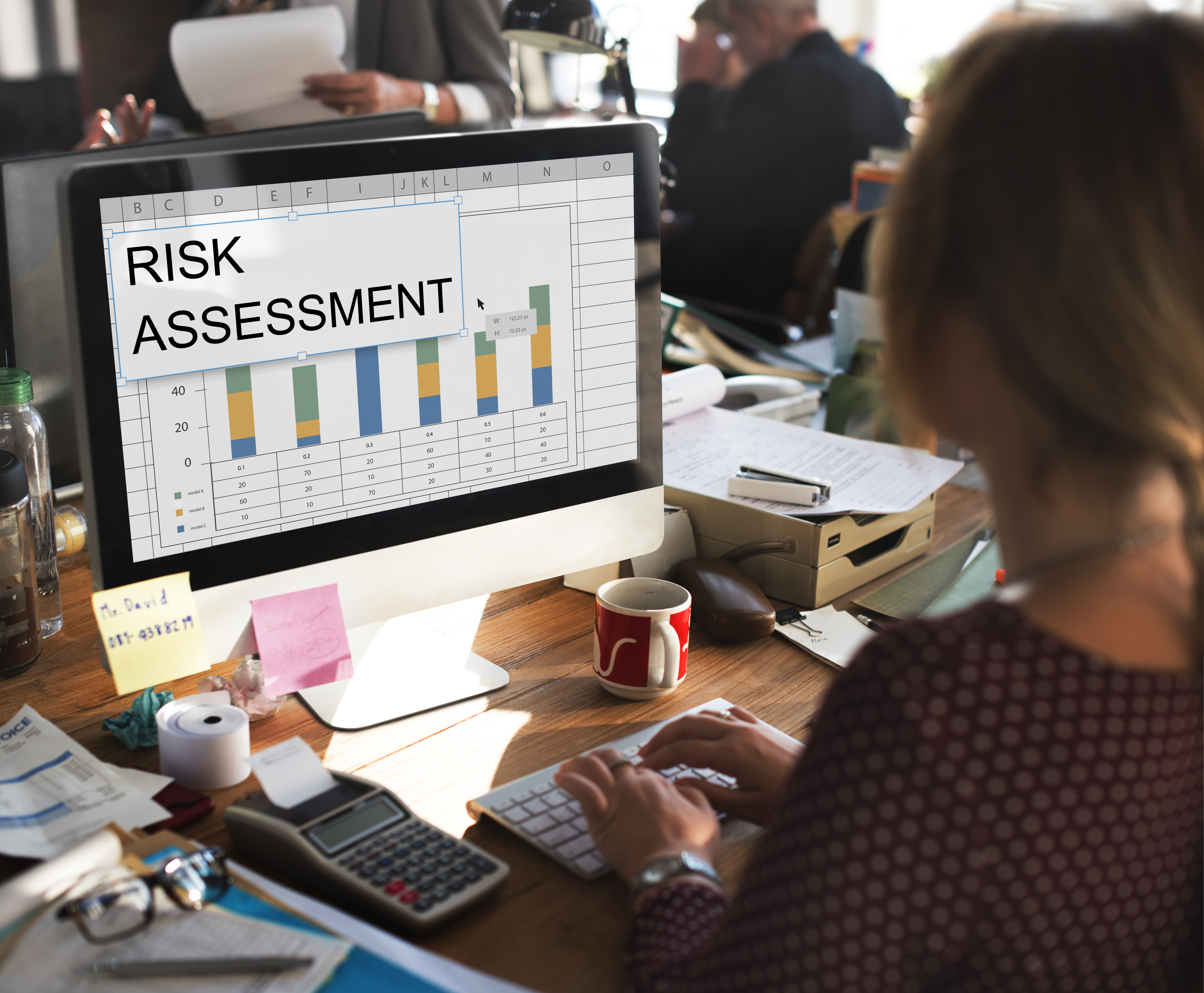Effective supply chain management is pivotal to the success of any business. It involves a multi-tiered approach that aligns day-to-day operations with medium-term tactics and long-term strategic goals. Let’s explore the three core levels of supply chain management: strategic, tactical, and operational.
Strategic Level: The Visionary Blueprint
Long-Term Planning: At the strategic level, businesses focus on long-term planning and decision-making. This includes establishing the overall supply chain objectives, policies, and procedures that align with the company’s mission and competitive strategy.
How to do scenario planning? Use data analytics to simulate different market scenarios and their impact on the supply chain. This helps in making informed strategic decisions.
Supplier Partnerships: Forming and maintaining strong relationships with key suppliers is crucial. Companies must choose partners that align with their strategic vision and can grow with them over time.
Choose for sustainability Initiatives: Incorporate eco-friendly practices and sustainable sourcing to reduce environmental impact and appeal to conscious consumers.
Investment Decisions: Significant investment decisions, such as the acquisition of new technology or facilities, are made at this level to ensure the supply chain is robust and adaptable to future market changes.
How to decide better? Invest in supplier intelligence platform to get data about your perspective clients or partner to make informed decision. Also, advanced technologies like AI and blockchain for better transparency and efficiency in the supply chain.
Tactical Level: The Bridge Between Strategy and Execution
Medium-Term Actions: The tactical level translates strategic plans into actionable goals. This involves resource allocation, including workforce planning, inventory management, and purchasing decisions.
How to forecast demand? Implement advanced forecasting tools to predict demand more accurately and adjust inventory levels accordingly.
Performance Measurement: Setting performance metrics and monitoring them to ensure that strategic objectives are on track is a key function at this level.
Developing Supplier Scorecards Develop scorecards to evaluate supplier performance against key metrics, fostering a competitive environment that encourages improvement.
Cost Optimization: Tactical decisions often revolve around cost management, finding the balance between efficiency and effectiveness in the supply chain.
How to analyze? Regularly conduct cost-benefit analyses to determine the most cost-effective supply chain operations without compromising quality.
Operational Level: The Execution Ground
Day-to-Day Operations: The operational level deals with the day-to-day execution of the supply chain. This includes managing orders, production scheduling, and delivery processes.
How to develop? Cross-train employees to perform multiple roles within the supply chain to increase flexibility and reduce bottlenecks.
Problem-Solving: Immediate problem-solving and decision-making are required to address operational issues as they arise, ensuring the smooth flow of goods and services.
How to train employees to deal? Utilize real-time tracking systems to monitor the movement of goods and manage logistics more effectively.
Customer Satisfaction: Ensuring customer satisfaction through timely delivery and quality service is the primary focus at the operational level. Providing robust after-sales support to address any customer queries or issues, ensuring a positive end-to-end customer experience.
How to ensure satisfaction?
Implement stringent quality control measures, adopt lean inventory techniques to minimize waste and ensure that products are available when needed without overstocking.
By implementing these tactics, a company can plan and manage its supply chain more effectively, ensuring that it is resilient, responsive, and aligned with the company’s overall business strategy. Remember, the key to a successful supply chain is not just in planning but also in the ability to adapt and respond to changes swiftly.
Ready to elevate your supply chain resilience?
Dive into our tailored plans to discover the ideal solution for your business requirements. With Tofler by your side, you’ll access invaluable insights to confidently navigate the intricacies of supplier relationships. Unleash the full potential of your supply chain with Tofler today!






